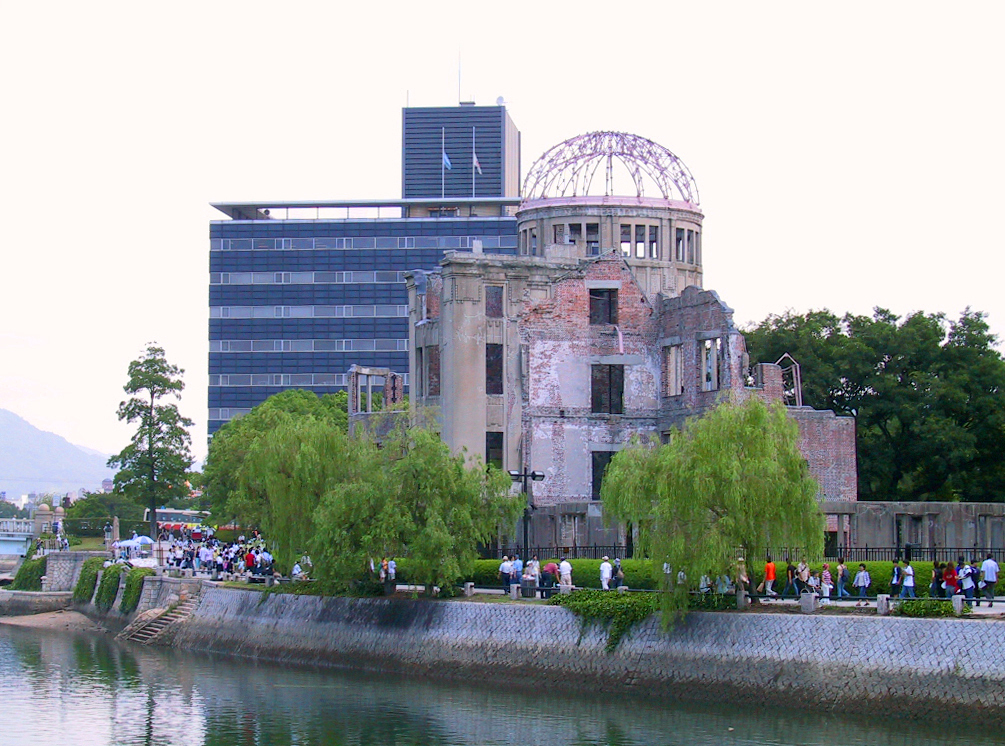Jun 26, 2021
Peace Memorial Park in Hiroshima
Peace Memorial Park stands as a silent appeal to eliminate all nuclear weapons and a plea for world peace. This part of Hiroshima was a bustling center of commerce for 240 years, beginning in 1603 with a steady stream of goods arriving by boat on the Ōta River. In the Meiji era that took root in 1868, this urban district morphed into the political guts of the prosperous city. The Prefectural Office was built here and City Hall as well.
All that ended on August 6, 1945, when the world’s first atomic bomb was exploded directly over the Nakajima District.
Why Hiroshima?
By the summer of 1945, Germany and its European Allies were defeated, but the war in Asia and the Pacific fought. American leaders calculated that the only way to bring the war to an end in the Pacific Theater was to invade the Japanese homeland at the cost of tens of thousands of Allied lives. The alternative was the recently developed A-bomb, untested in actual warfare.
Hiroshima was chosen as the target instead of Tokyo since the city had not yet been bombed, so the damage caused by an atomic strike could easily be measured for its effects. Also, Hiroshima was populated with a high degree of intact military targets such as factories and concentrations of troops. The lives of an estimated 6,500 people in the blast zone of the Nakajima District were exterminated instantly; the war was over in days, but not before a second bomb was dropped on the city of Nagasaki.
The Aftermath
The Hiroshima Peace Memorial City Construction Law was passed on August 5, 1949, the fourth anniversary of the destruction. The law stipulated that rather than being rebuilt, the Nakajima District would be forevermore “peace memorial facilities.” Peace Memorial Park, created by Kenzo Tange, who won a design competition, opened in 1954.
The grounds feature more than 50 monuments and memorials in the form of bridges and fountains, and statuary. The A-Bomb Dome contains the wire framework of the Hiroshima Prefectural Commercial Exhibition Hall that was constructed in 1915. The atomic blast detonated almost directly overhead vaporized the building and all the people inside, but the straight angle left some walls standing. The framework of the dome-shaped building has been preserved as the city’s most poignant symbol of the explosion.
Buildings
On the south edge of Peace Memorial Park is a short parade of buildings that include the East Building and Main Building of the Peace Memorial Museum and the International Conference Center Hiroshima. The museum (a descriptive leaflet is available in 12 languages and audio tours are available in 14 languages) presents the history of Hiroshima and remembers the fateful bombing in exhibits, statistics and newsreel footage in this solemn site. The exhibition’s theme is the city’s recovery and steps that are necessary for the abolition of all nuclear weapons.
By Rdsmith4 (Own work) [CC BY-SA 2.5], via Wikimedia Commons


About the author